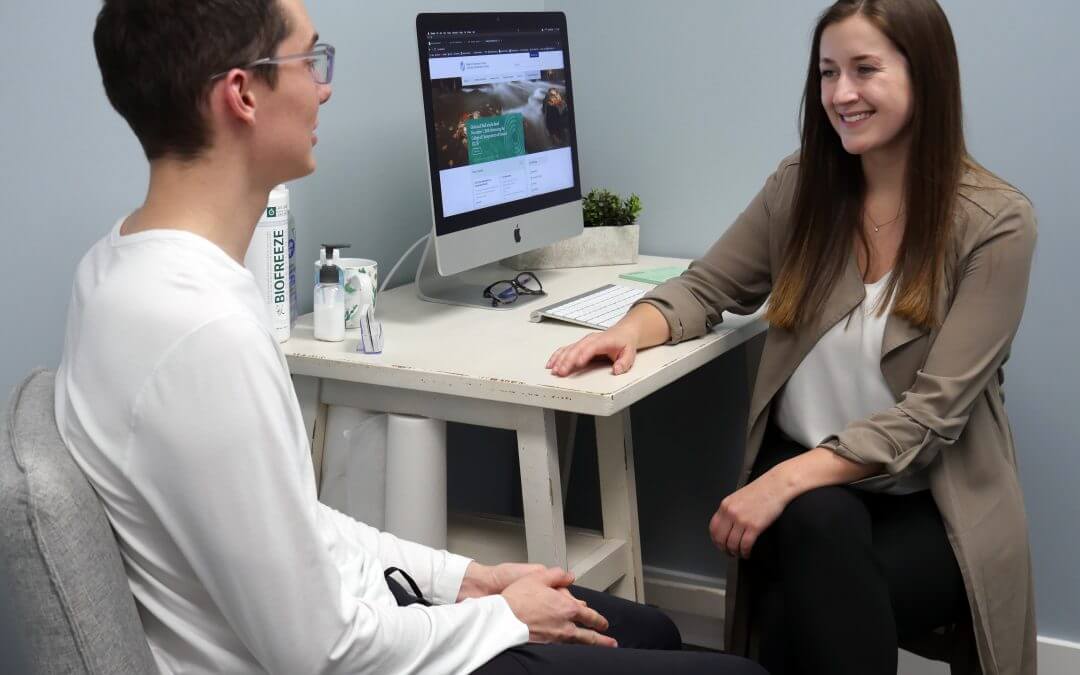With many professions, there is often a gap between the public’s perception of what they do and the activities that they are actually trained to perform. In the case of physical therapists, or “physiotherapists” as they are usually referred to in Ontario, misconceptions are quite common. For example, some people associate physical therapy with massage, when the reality is that very few physiotherapists are actually trained to perform the role of a massage therapist; rather, physiotherapists perform many specific hands-on treatments that to the casual observer may look like massage but are actually something quite different, such joint mobilizations or traction techniques. Physiotherapists are experts of the musculoskeletal anatomy and function, but they also have comprehensive knowledge of the nervous system and how the neuromuscular system functions as a whole. The scope of clinical practice for physical therapists is actually much broader than most people realize, so it is important for physiotherapists to understand a very broad range of disease conditions. There are rehabilitation facilities that are solely focused on people with brain injuries like stroke or concussion, or diseases that affect the nervous system, such Parkinson’s or Multiple Sclerosis. Other physiotherapists work in clinics, in hospitals and in long-term care facilities, and there is a large diversity of less common physical therapy specializations that span a wide range of other settings.
Some of the lesser known skills that physical therapists perform consist of what are referred to as controlled acts. These are acts that may only be performed by authorized healthcare professionals under the Regulated Health Professions Act (RHPA, 1991). There are a total of 14 controlled acts under Ontario law, 13 of which can be performed by physicians and 7 of which can be performed by physical therapists. The 7 controlled acts that can be performed by qualified physical therapists are:
- communicating a diagnosis
- tracheal suctioning
- performing spinal manipulation
- acupuncture (including dry needling)
- treating a wound below the dermis
- assessing or rehabilitating pelvic musculature
- administering a substance by inhalation
All of these acts, with the exception of communicating a diagnosis, require specialized training and “rostering” with the College of Physiotherapists of Ontario, whereby a list is maintained of physiotherapists who are qualified and permitted to perform each act. Communicating a diagnosis is considered a fundamental skill for physiotherapists, so no additional training is required for physiotherapists to diagnose new patients. The ability to communicate a diagnosis is critical in that it allows patients direct access to a physiotherapist without being referred to first by their doctor.
At LiveWell Health and Physiotherapy, our physiotherapists are trained and “rostered” to perform both acupuncture and spinal manipulation. Although these treatments are outside of the traditional physiotherapy practice, these are complimentary interventions that can be difference-makers for your rehabilitation. Our clinical staff also includes several registered massage therapists, a chiropractor and a naturopath, so we have a variety of options and treatment streams available for our patients. Book an appointment with us today for the New Year and let us make you better.

